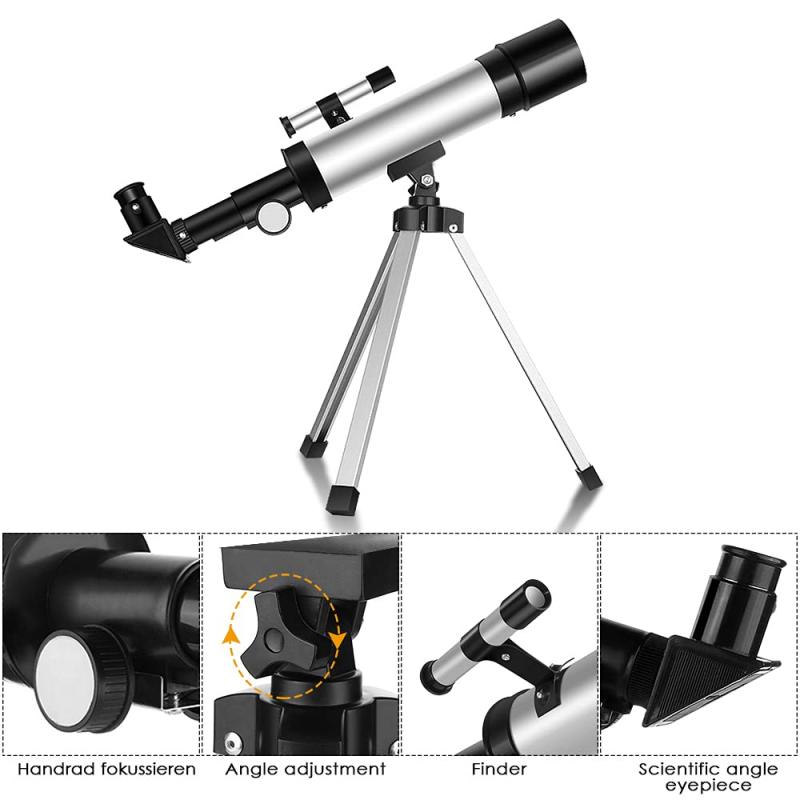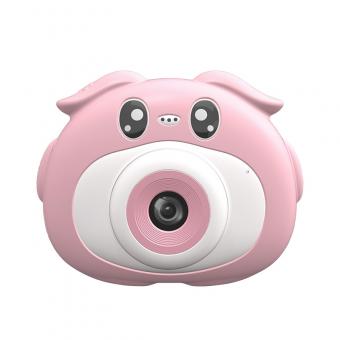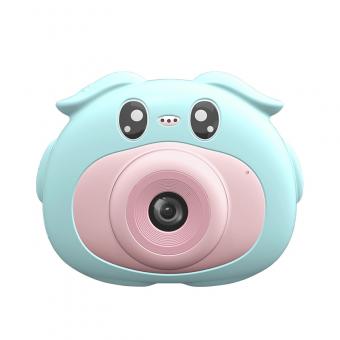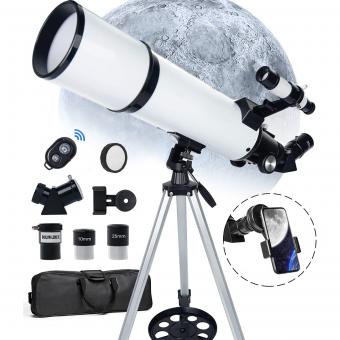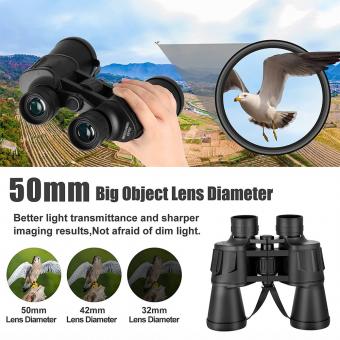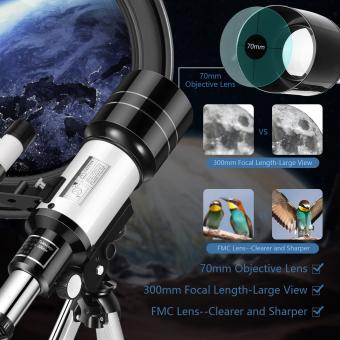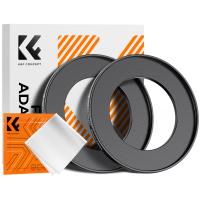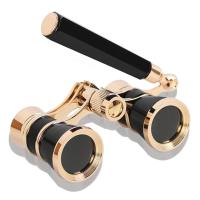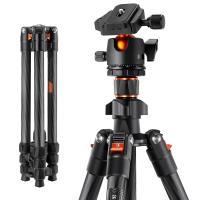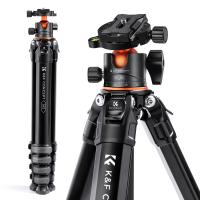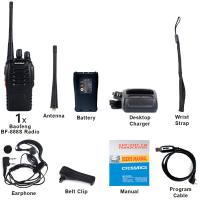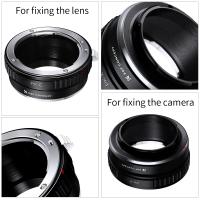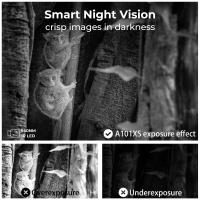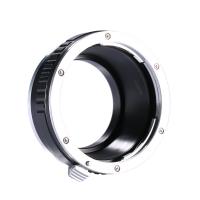What Is A Good Magnification For A Telescope ?
The ideal magnification for a telescope depends on various factors such as the aperture, focal length, and atmospheric conditions. As a general rule, the maximum useful magnification of a telescope is about 50 times its aperture in inches or 2 times its aperture in millimeters. For example, a 4-inch telescope would have a maximum useful magnification of 200x (50 x 4), while an 8-inch telescope would have a maximum useful magnification of 400x (50 x 8).
However, it is important to note that using high magnifications can also result in a dimmer image and reduced clarity due to atmospheric turbulence. Therefore, it is recommended to start with lower magnifications and gradually increase it until the image becomes blurry or dim. Additionally, the quality of the telescope's optics and the observer's experience and skill level also play a significant role in determining the ideal magnification.
1、 Aperture size and magnification relationship
"What is a good magnification for a telescope?" is a common question among amateur astronomers. The answer to this question is not straightforward, as the ideal magnification depends on several factors, including the aperture size of the telescope, the observing conditions, and the object being observed.
In general, a good rule of thumb is to use a magnification of around 50x per inch of aperture. For example, a 6-inch telescope would have a good magnification of around 300x. However, this is just a starting point, and the ideal magnification can vary depending on the observing conditions.
The aperture size and magnification relationship is also important to consider. The aperture size determines the amount of light that the telescope can gather, which in turn affects the image brightness and resolution. Higher magnifications can make the image appear larger, but they also reduce the amount of light that reaches the eye, resulting in a dimmer image.
Therefore, it is important to find a balance between aperture size and magnification. A larger aperture allows for higher magnifications without sacrificing image brightness and resolution. However, in poor observing conditions, such as light pollution or atmospheric turbulence, higher magnifications may not be practical.
In recent years, there has been a growing trend towards using lower magnifications for observing deep-sky objects. This is because lower magnifications provide a wider field of view, making it easier to locate and observe faint objects. Additionally, lower magnifications can help to reduce the effects of atmospheric turbulence, resulting in a clearer image.
In conclusion, the ideal magnification for a telescope depends on several factors, including the aperture size, observing conditions, and object being observed. It is important to find a balance between aperture size and magnification to achieve the best possible image quality.
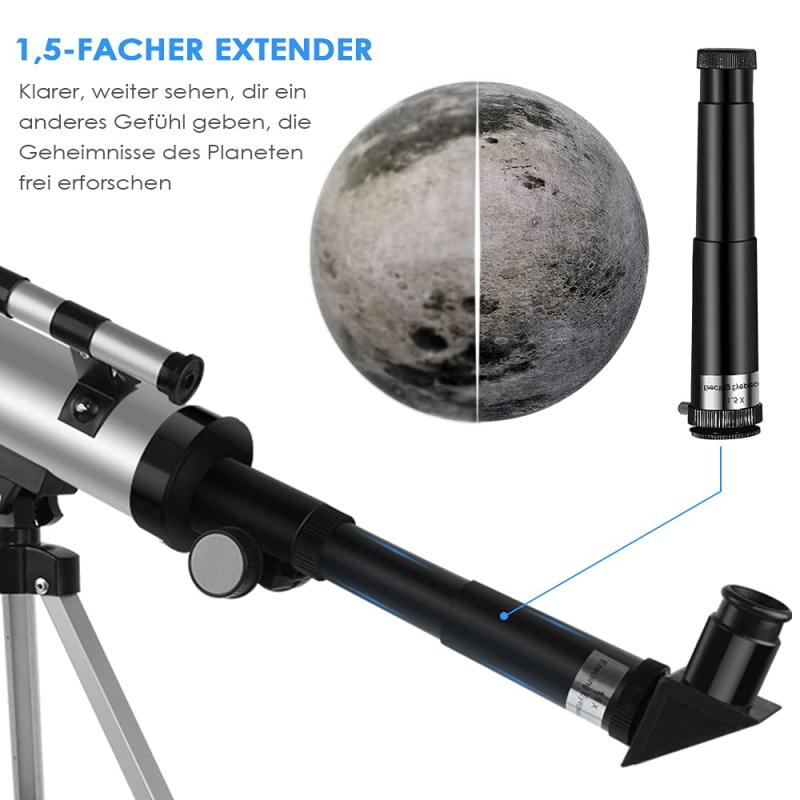
2、 Maximum useful magnification
"What is a good magnification for a telescope?" is a common question among amateur astronomers. The answer to this question depends on several factors, including the aperture of the telescope, the atmospheric conditions, and the observer's experience level.
In general, a good magnification for a telescope is one that provides a clear and detailed view of the object being observed. The maximum useful magnification of a telescope is determined by its aperture, which is the diameter of its primary lens or mirror. The rule of thumb is that the maximum useful magnification is 50 times the aperture in inches or 2 times the aperture in millimeters. For example, a 4-inch telescope has a maximum useful magnification of 200x (50 x 4), while an 8-inch telescope has a maximum useful magnification of 400x (50 x 8).
However, it is important to note that the maximum useful magnification is not always the best magnification for observing. Atmospheric conditions, such as turbulence and light pollution, can affect the clarity of the image at high magnifications. Additionally, the observer's experience level and the type of object being observed can also influence the optimal magnification.
In recent years, there has been a shift towards using lower magnifications for observing. This is because lower magnifications provide a wider field of view, making it easier to locate and track objects. Additionally, lower magnifications can provide a more stable image in less-than-ideal atmospheric conditions.
In conclusion, a good magnification for a telescope depends on several factors, including the aperture of the telescope, the atmospheric conditions, and the observer's experience level. While the maximum useful magnification is a good starting point, it is important to experiment with different magnifications to find the optimal one for each observing session.
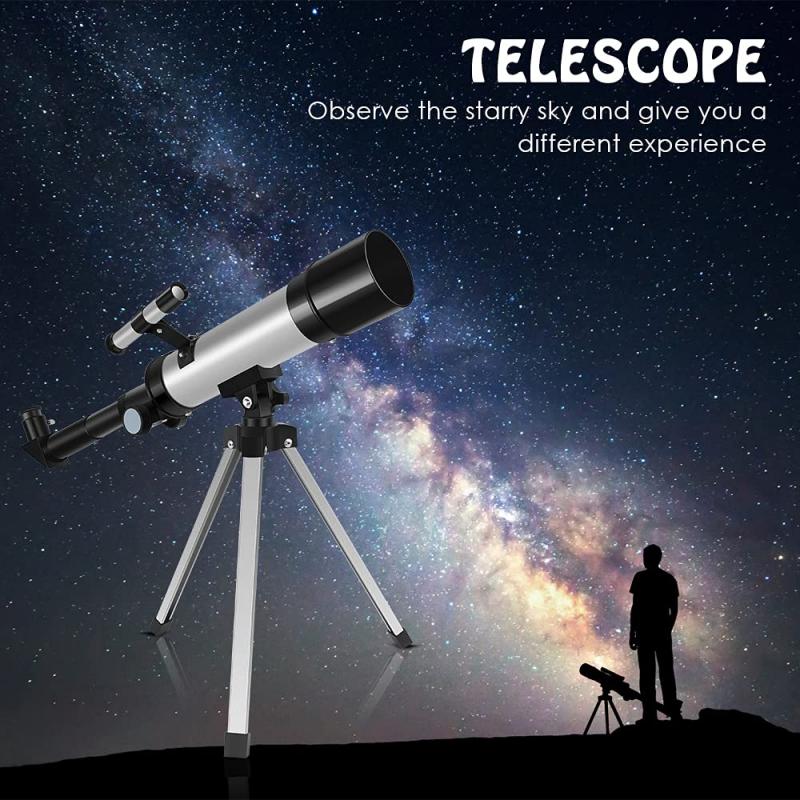
3、 Atmospheric conditions and magnification
What is a good magnification for a telescope? This is a common question among amateur astronomers and stargazers. The answer, however, is not straightforward. The ideal magnification for a telescope depends on several factors, including atmospheric conditions and the purpose of the observation.
Atmospheric conditions play a crucial role in determining the optimal magnification for a telescope. The Earth's atmosphere is constantly in motion, and this movement can cause distortions in the image seen through a telescope. This effect is known as atmospheric turbulence or "seeing." The higher the magnification, the more pronounced the effect of atmospheric turbulence. Therefore, on nights with poor seeing conditions, it is best to use lower magnifications to minimize the impact of atmospheric distortion.
The purpose of the observation also plays a role in determining the ideal magnification. For example, if the observer wants to view the Moon or planets, higher magnifications are generally preferred to see more detail. However, for deep-sky objects such as galaxies and nebulae, lower magnifications are often better to provide a wider field of view and better contrast.
In recent years, there has been a shift towards using lower magnifications for most observations. This is because modern telescopes are often equipped with larger apertures, which allow for more light-gathering power. With more light, lower magnifications can still provide excellent views of celestial objects while minimizing the impact of atmospheric turbulence.
In conclusion, the ideal magnification for a telescope depends on several factors, including atmospheric conditions and the purpose of the observation. It is best to experiment with different magnifications to find the optimal one for each situation. However, in general, lower magnifications are often preferred for most observations, especially with modern telescopes equipped with larger apertures.
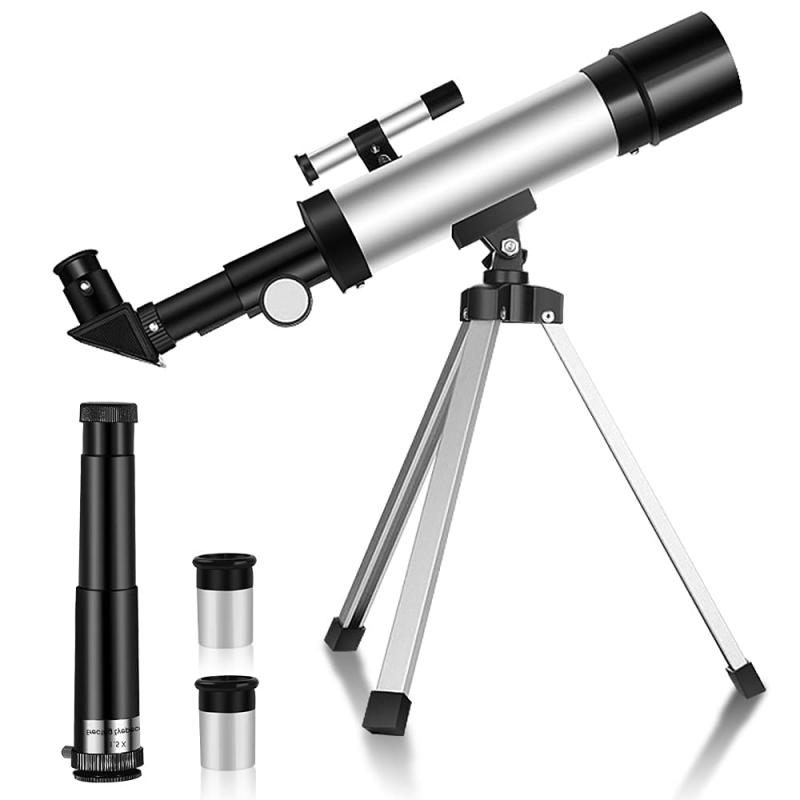
4、 Eyepiece selection and magnification
What is a good magnification for a telescope? This is a common question among amateur astronomers and stargazers. The answer is not straightforward as it depends on various factors such as the type of telescope, the aperture, and the observing conditions. However, a general rule of thumb is that the maximum useful magnification of a telescope is about 50 times its aperture in inches or 2 times its aperture in millimeters.
For example, a 4-inch telescope would have a maximum useful magnification of 200x (50 x 4), while an 8-inch telescope would have a maximum useful magnification of 400x (50 x 8). Going beyond this magnification can result in a blurry and dim image due to atmospheric turbulence and the limitations of the telescope's optics.
However, it's important to note that magnification alone does not determine the quality of the image. Eyepiece selection and magnification go hand in hand. A high-quality eyepiece can provide a clearer and sharper image even at higher magnifications. Therefore, it's essential to invest in good quality eyepieces that match the telescope's aperture and focal length.
In recent years, there has been a shift towards using lower magnifications for observing celestial objects. This is because lower magnifications provide a wider field of view, making it easier to locate and track objects. Additionally, lower magnifications can provide a brighter and more detailed image, especially when observing faint objects such as galaxies and nebulae.
In conclusion, a good magnification for a telescope depends on various factors, but a general rule of thumb is to stick to the maximum useful magnification of the telescope. However, eyepiece selection and quality are equally important in determining the quality of the image. As technology advances, there may be a shift towards using lower magnifications for observing celestial objects.
